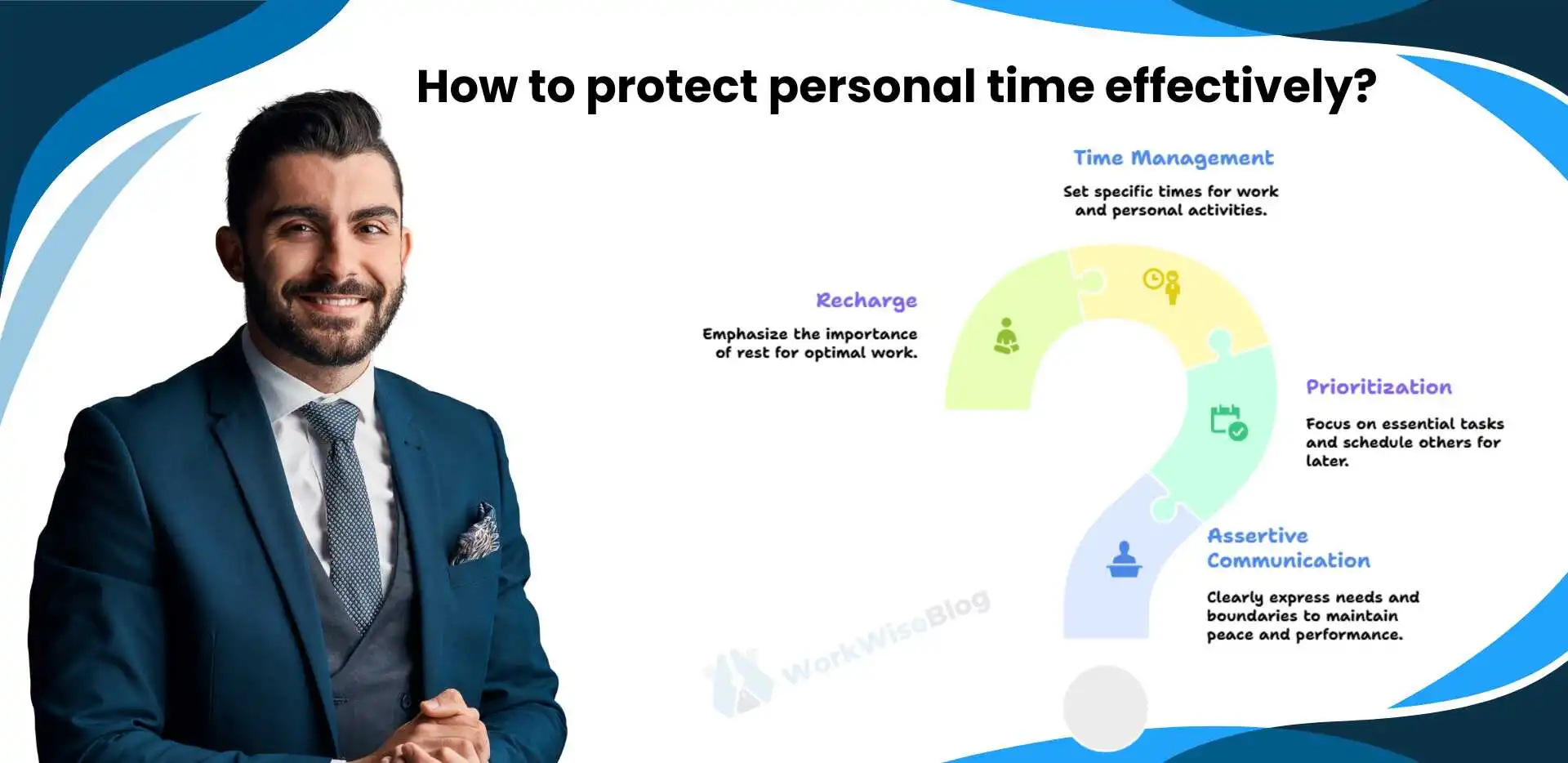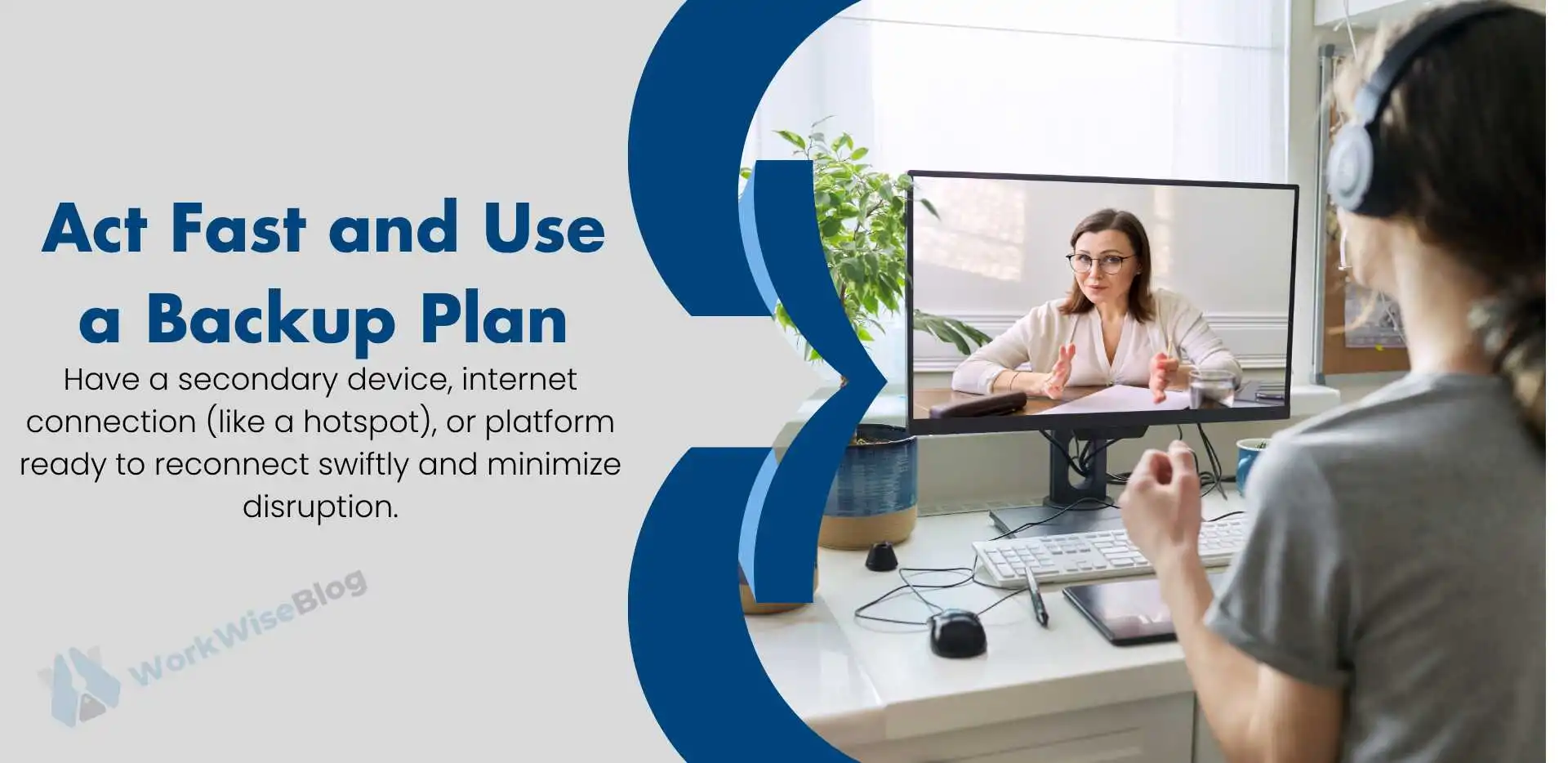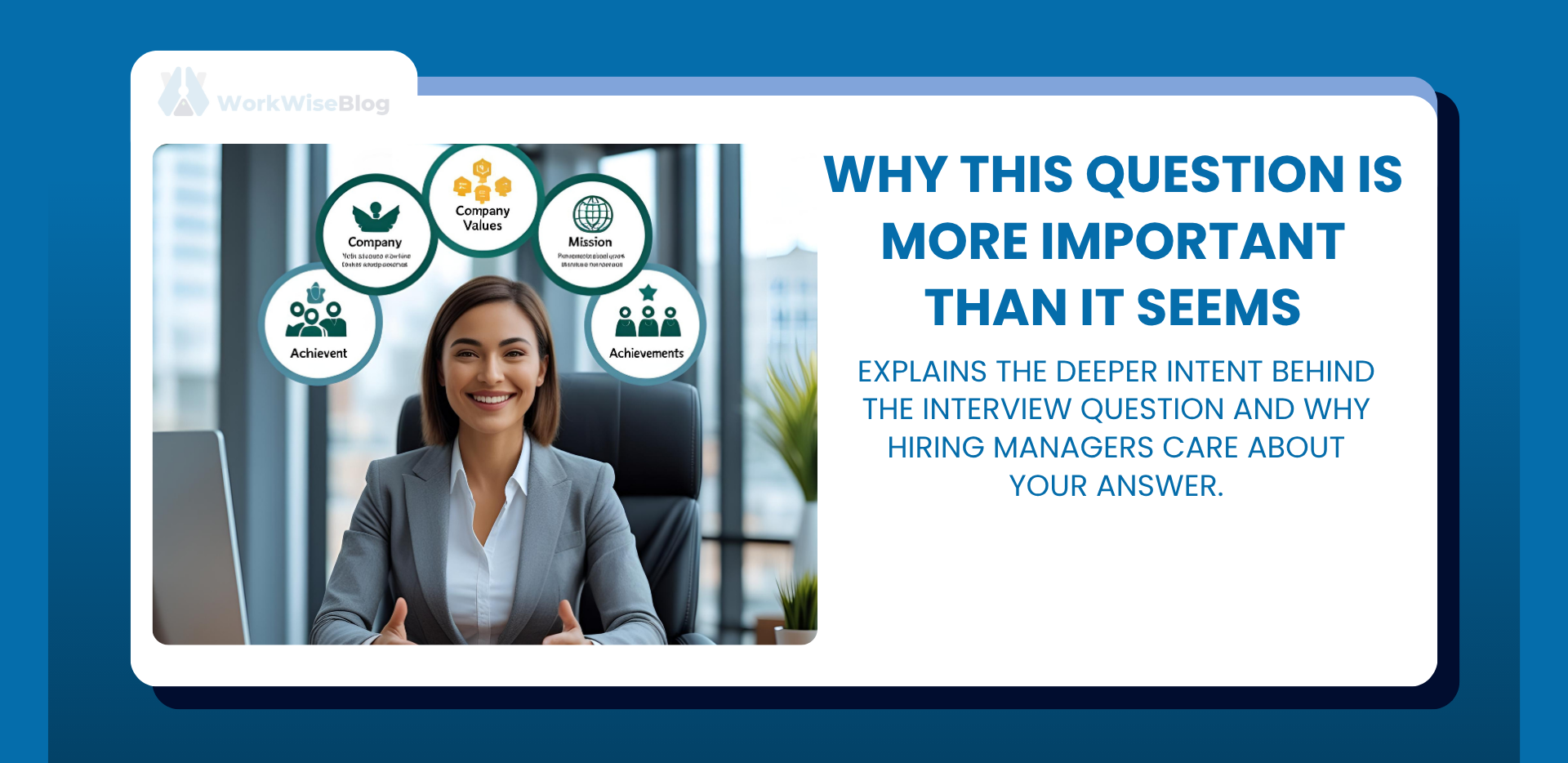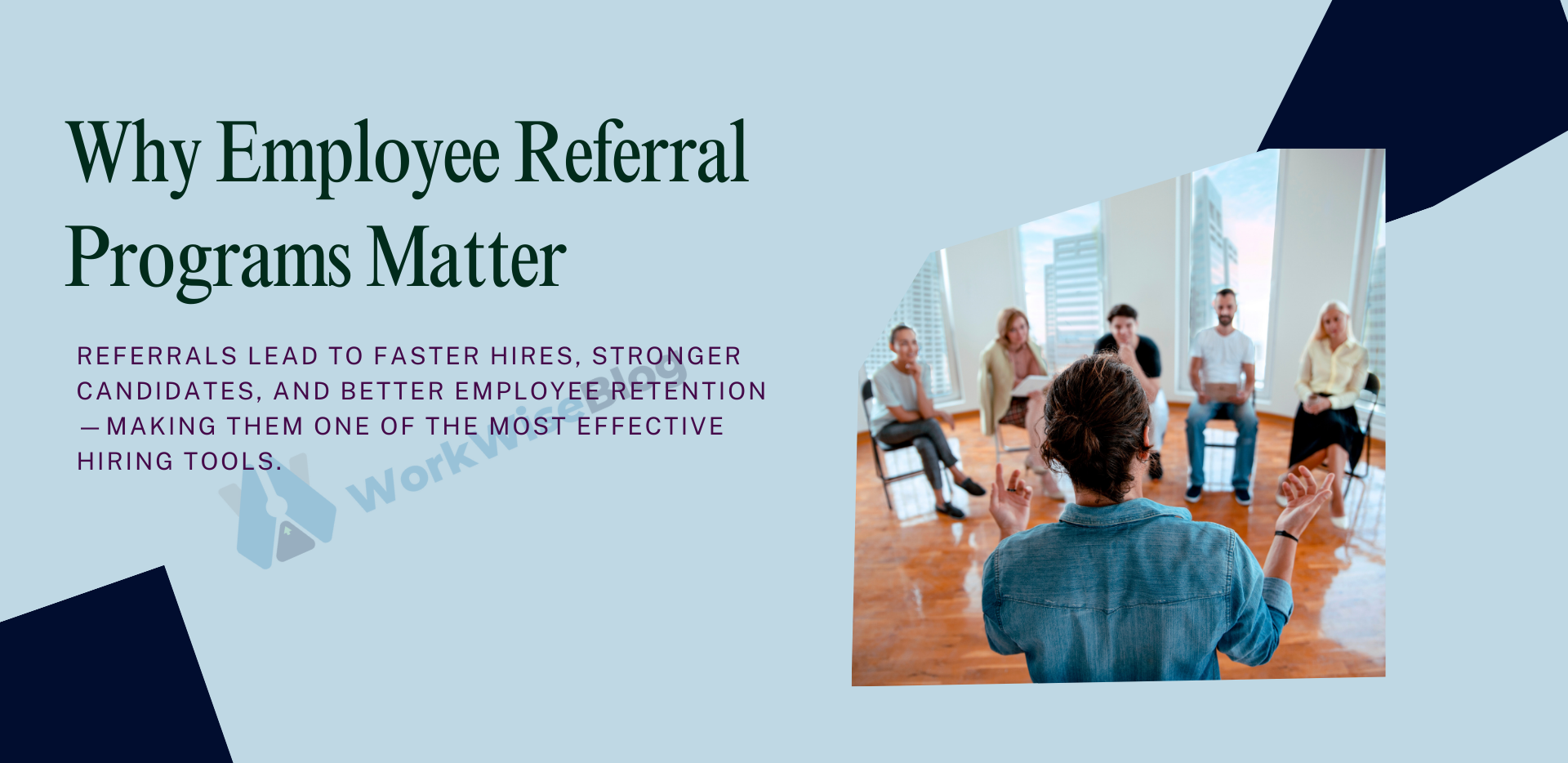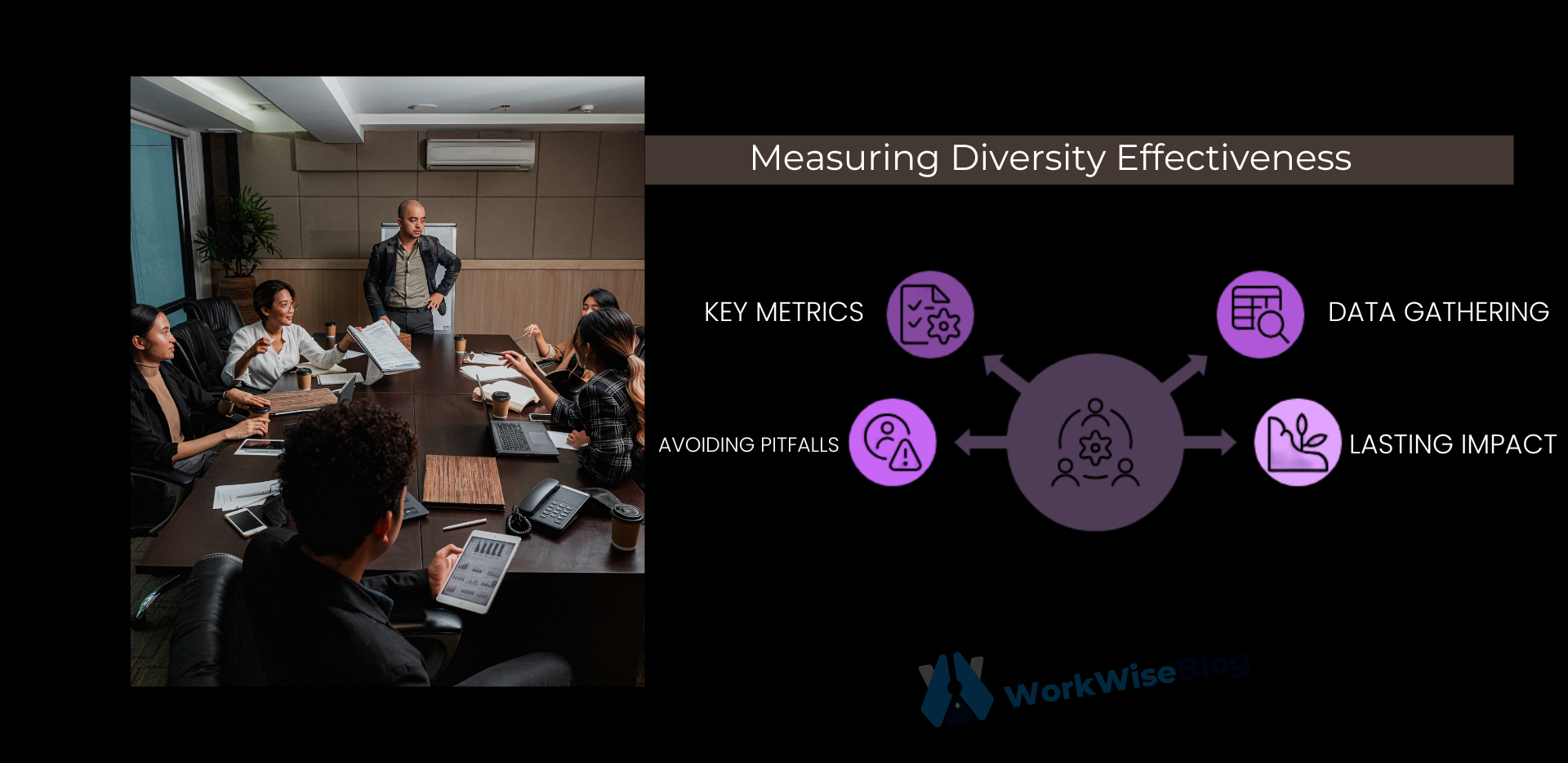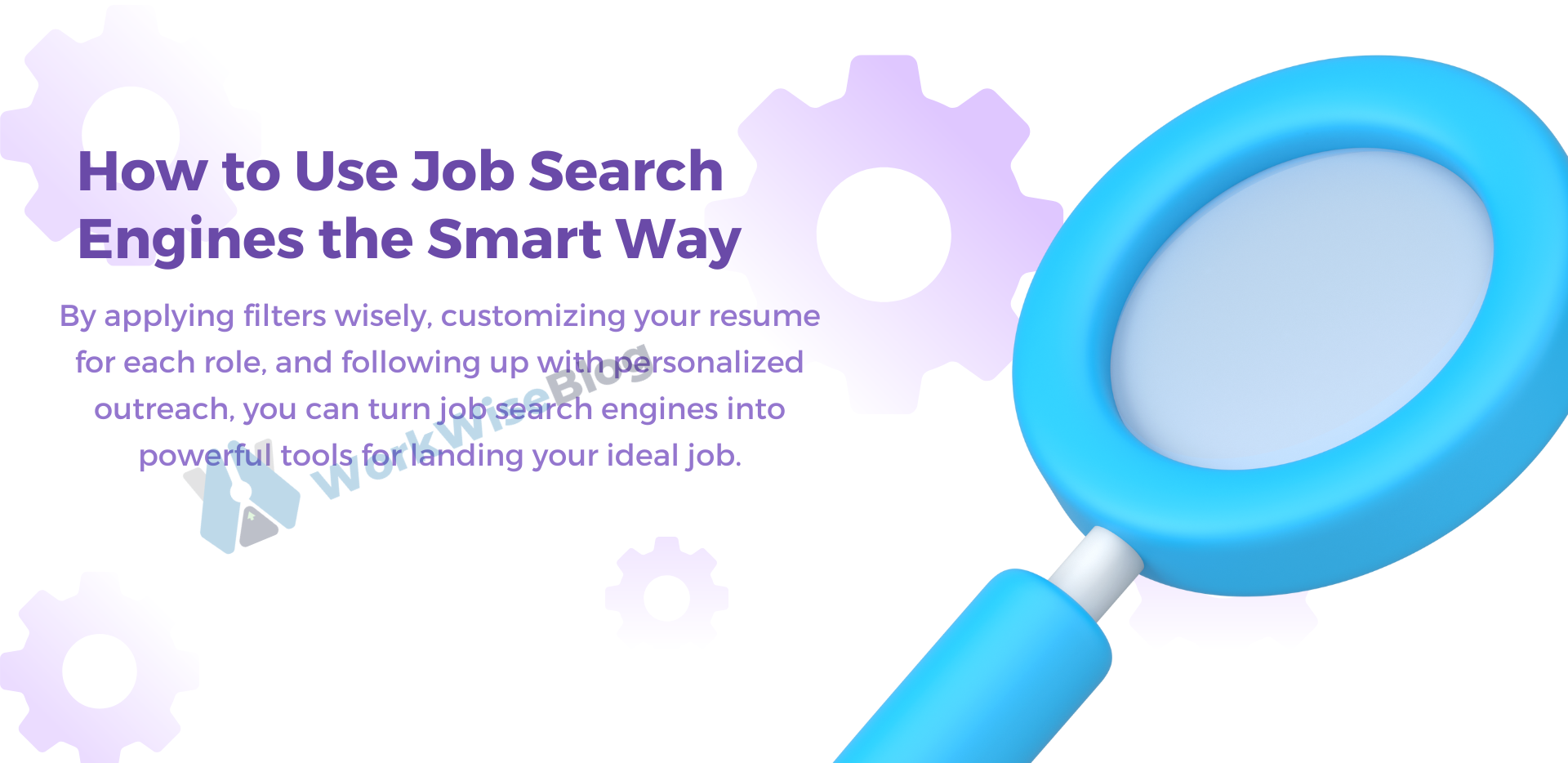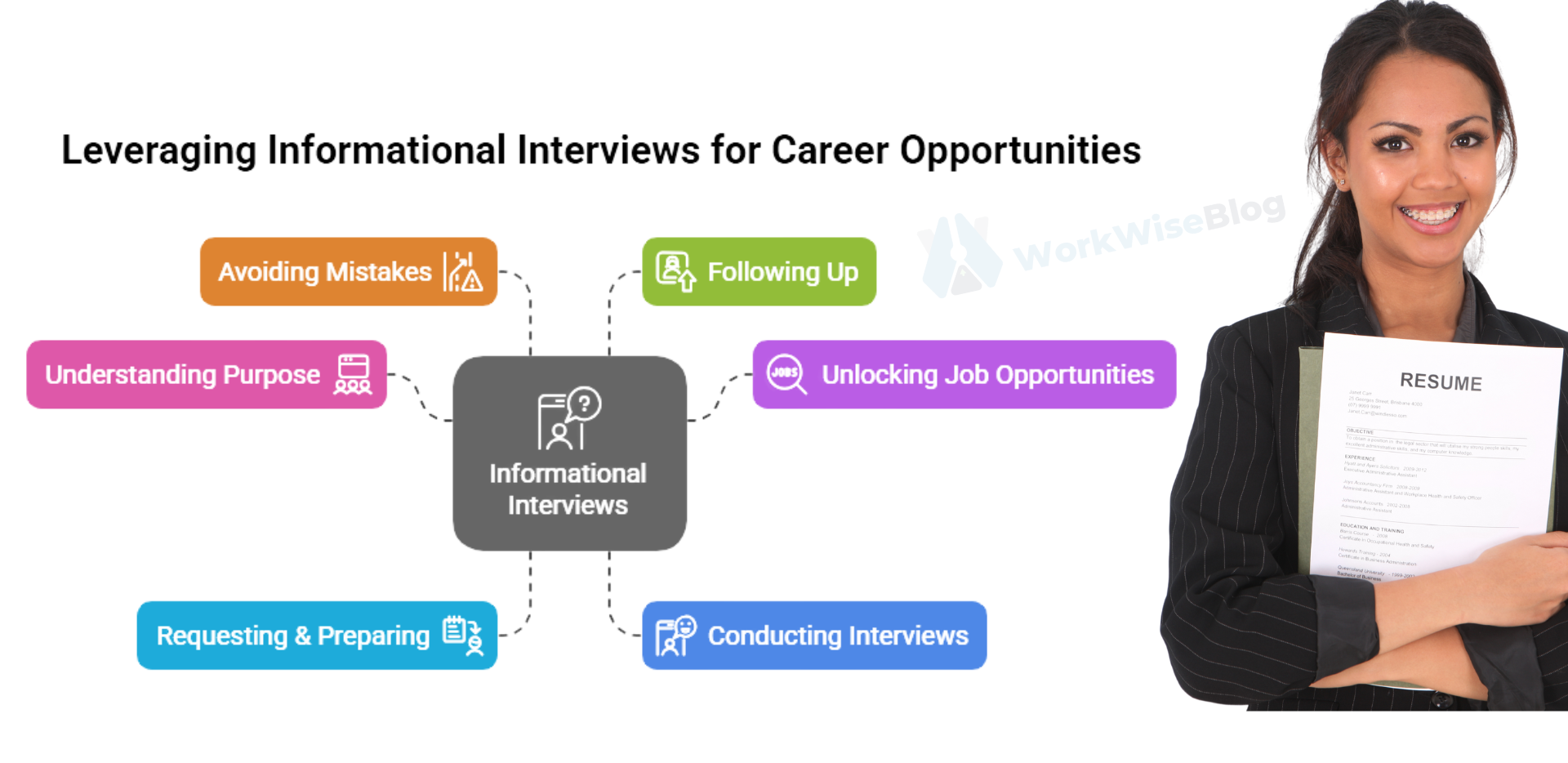
What Is Cross-Functional Learning?
Cross-functional learning is the process of acquiring knowledge and skills outside of your job function. It’s about getting out of your silo and understanding how all departments and roles contribute to the bigger picture.
For Example, a marketer may learn some basic coding skill to be able to better collaborate with the web development team. Similarly, a finance professional may need to learn some project management techniques to streamline the process.
The aim here is to enhance your set of skills and competencies, thereby becoming a competent all-rounded professional who is capable of handling cross-functional issues.

Why Cross-Functional Learning Is Important for Career Advancement
Today, an organization values the employee who can wear multiple hats. Companies are no longer searching for specialists; they want adaptable and teaming problem solvers to work for multiple areas of the business. Here’s how cross-functional learning can place a competitive advantage in your career.

1. Makes You More Versatile and Valuable
When you gain skills outside of your core role, you become more versatile and valuable to your team.
Imagine handling marketing, customer service, and data analysis. You are no longer limited to one task—you add more value to your organization.
Example
A content writer who knows SEO, web design, and analytics becomes a more valuable asset than someone who only writes articles.

2. Enhances Collaboration Across Teams
One of the biggest challenges in organizations is poor collaboration between departments. Cross-functional learning helps you speak the language of different teams, improving communication and collaboration.
Example
A project manager who learns basic finance can better communicate with the finance team when discussing budgets and expenses.
When you understand what other teams do, you can work more effectively with them and reduce misunderstandings.
3. Future-Proofs Your Career
The job market is changing all the time. What’s required today might not be needed tomorrow. By acquiring cross-functional skills, you’ll always be in line with industry change.
Example
An HR person can be able to understand data analytics, thus applying metrics in hiring, thereby making hiring more data-driven and effective.
Cross-functional learning will also get you ready for leadership positions because, at some point, you’ll be supervising various departments.
4. Boosts Your Problem-Solving Skills
With knowledge from other functions, you will be in a better position to solve complex problems. You will have different ways of attacking the challenges from a perspective of creativity and innovative solution-finding.
For Example
A product manager who is conversant with both the customer’s needs and technical constraints may come up with ways to improve the product without necessarily reducing functionality.
Cross-functional thinkers are likely to find opportunities and risks that others will miss.
5. Opens New Career Opportunities
Learning cross-functional skills can unlock new career paths. You’re no longer confined to a single role—you can pivot to different functions or transition into interdisciplinary roles.
Example:
A sales professional who learns digital marketing could transition into a sales enablement role, combining both skill sets.
Cross-functional learning diversifies your resume and makes you stand out in competitive job markets.
How to Get Started with Cross-Functional Learning
Ready to start your cross-functional learning journey? Here’s a step-by-step guide to help you:
Step 1: Identify Relevant Skills
Start by identifying skills from other functions that would complement your current role.
Ask Yourself:
- What other teams do I collaborate with regularly?
- What skills would help me do my job more efficiently?
- What roles interest me for future career growth?
Examples:
- Marketers can learn data analytics to measure campaign performance.
- Software developers can learn business strategy to understand customer needs better.
- HR professionals can learn project management to handle recruitment drives more efficiently.
Step 2: Leverage Online Learning Platforms
There are plenty of free and paid online resources to help you learn new skills.
Recommended Platforms:
- Coursera: Offers courses across various fields, including business, tech, and marketing.
- LinkedIn Learning: Great for short courses on cross-functional skills.
- Udemy: Affordable courses on everything from project management to data analytics.
Step 3: Shadow Other Departments
One of the best ways to learn cross-functional skills is to shadow someone in another department.
How to Do It:
- Ask for cross-team projects where you can collaborate with other departments.
- Request job-shadowing opportunities to see how other teams operate.
- Join interdepartmental meetings to understand their challenges and workflows.
Step 4: Apply What You Learn
Learning cross-functional skills is great—but applying them is even better.
Look for opportunities to apply your new knowledge in your current role.
Examples
- Use your new finance skills to manage project budgets.
- Apply data analytics to improve your marketing campaigns.
- Leverage communication skills to bridge gaps between teams.
Step 5: Showcase Your Cross-Functional Skills
Once you’ve gained cross-functional skills, make sure to highlight them in your resume and interviews.
How to Showcase Your Skills:
- On Your Resume: Add a “Cross-Functional Skills” section.
- In Interviews: Share examples of how you’ve used cross-functional knowledge to solve problems or improve processes.
- In Performance Reviews: Highlight how your cross-functional skills have contributed to your team’s success.
Common Cross-Functional Skills to Learn
Here are some popular cross-functional skills that can give your career an edge:
Skill | Primary Function | Where It’s Useful |
Project Management | Operations | Marketing, HR, Sales, IT |
Data Analytics | Tech | Marketing, Finance, HR |
Communication | HR/Marketing | All departments |
Business Strategy | Leadership | Product Development, Sales |
Financial Literacy | Finance | Project Management, Marketing |
Common Mistakes to Avoid
- Trying to Learn Everything at Once: Focus on one skill at a time.
- Ignoring Your Core Role: Don’t let cross-functional learning affect your current performance.
- Lack of Application: Make sure to apply what you learn in real projects.
Final Thoughts: The Future Belongs to Cross-Functional Thinkers
In today’s fast-changing world, specialization is no longer enough. Employers are looking for well-rounded professionals who can collaborate across departments, solve complex problems, and adapt to new challenges.
By investing in cross-functional learning, you can future-proof your career, open new doors, and become an invaluable asset to any organization.
Ready to give your career an edge? Start learning cross-functional skills today, and watch your career soar!


